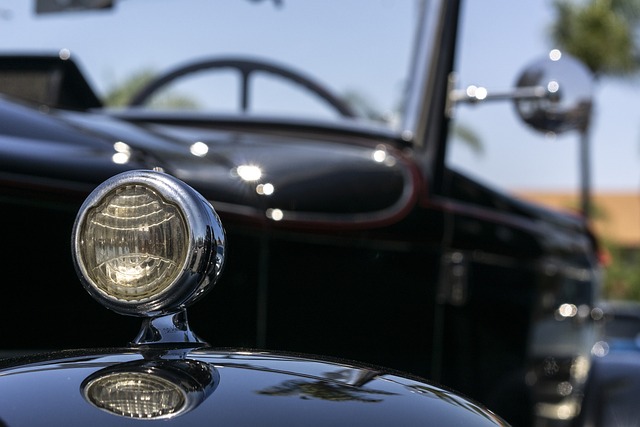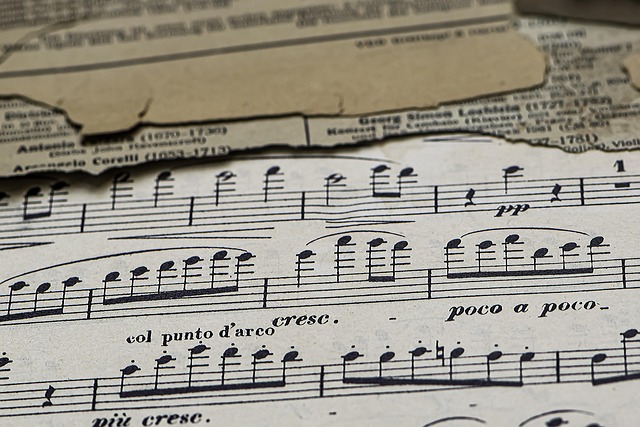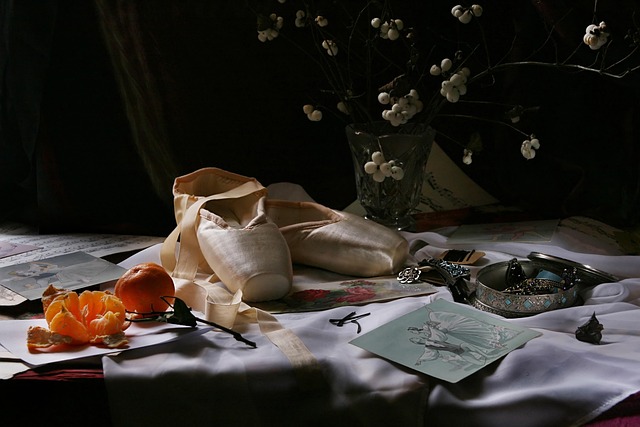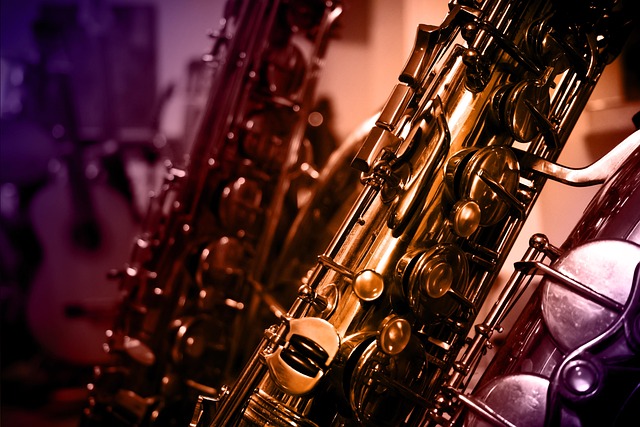When the term “classic signal” first entered the lexicon of music producers, it was often associated with the unmistakable opening bars that signal a piece’s identity—think of the opening of Beethoven’s Fifth or the riff that introduces a jazz standard. Yet, in recent years, this idea has transcended its traditional boundaries. It has become a catalyst for reinvigorating the sounds of the past within contemporary party environments. Rather than merely sampling old tracks, producers and event curators are re‑engineering those iconic musical cues into fresh, dance‑floor‑ready compositions that honor their origins while speaking to modern sensibilities.
The Roots of Classic Signal
The concept of a “classic signal” is rooted in the idea that certain musical motifs carry an inherent recognition. When a listener hears a particular sequence of notes, chords, or rhythmic patterns, they instantly associate it with a specific work or genre. This recognition is not limited to Western classical repertoire; it extends to folk melodies, early pop tunes, and even traditional dance music from various cultures. By harnessing these auditory landmarks, creators can tap into a shared cultural memory that instantly engages listeners, regardless of their musical background.
- Orchestral motifs that appear in film scores and create emotional immediacy.
- Chord progressions that define a decade, such as the I–IV–V–IV sequence that dominated 1950s rock and roll.
- Traditional dance rhythms that have been preserved in folk communities for generations.
From Recognition to Reinvention
Historically, remixing was a way to breathe new life into old songs—adding contemporary beats, re‑sequencing verses, or inserting modern instrumentation. The modern approach, however, goes a step further by focusing on the core signal itself. Producers identify the core motif or rhythmic pattern that defines a track, then deconstruct it. This process allows them to preserve the emotional punch of the original while re‑contextualizing it within genres such as electronic dance music, hip‑hop, or even indie pop.
“It’s not about copying; it’s about communicating a feeling through a new medium,” said a veteran DJ who has spent two decades curating sets that blend vintage sounds with cutting‑edge production.
How Classic Signal Reshapes Party Music
One of the most striking outcomes of this trend is the emergence of “vintage‑infused” club nights that feel both nostalgic and forward‑looking. By embedding classic signals into a dance track’s hook or bassline, DJs create a sense of familiarity that invites spontaneous participation—think of a crowd instantly shouting “Do you hear that?” when a recognizable motif drops.
- Melodic Anchors – A soaring brass line from a 1940s swing standard can be looped and processed with modern synths to become a soaring hook that dominates a house track.
- Rhythmic Foundations – Traditional African polyrhythms can serve as the backbone of a progressive trance, providing a complex groove that keeps dancers moving.
- Atmospheric Textures – The subtle string swells of a baroque piece can be stretched and layered into ambient pads that set the mood before a drop.
Case Study: The “Classic Signal” Festival
In 2023, the newly established “Classic Signal” festival in Berlin drew a crowd of over 12,000. The lineup spanned from electronic acts to orchestral pop, each performer weaving classic motifs into their sets. One highlight was a collaboration between a techno DJ and a string quartet, where the opening bars of Mozart’s “Eine kleine Nachtmusik” were re‑interpreted as a pulsating beat that grew into a full‑blown techno anthem. Attendees reported that the familiar signal “triggered a collective memory,” turning the club into a communal experience that crossed generational boundaries.
The Cultural Significance of Classic Signal
Beyond the sonic appeal, the revival of classic signals in party contexts underscores a broader cultural dialogue. Modern society often grapples with rapid change, and the integration of time‑tested musical cues into contemporary spaces offers a comforting anchor. The phenomenon serves as a reminder that cultural heritage can coexist with innovation, creating a dynamic tapestry where the old informs the new.
Moreover, the use of classic signals democratizes music consumption. A person who has never attended a live concert can experience a living version of a centuries‑old symphonic theme, thereby expanding the audience’s musical horizons. This cross‑generational bridging fosters an inclusive atmosphere where diverse demographics feel represented on the dance floor.
Implications for Music Education
Music educators are beginning to incorporate the classic signal concept into curricula. By analyzing how motifs transition across styles—from classical concertos to pop hooks—students gain a deeper appreciation for structural continuity. They also learn practical skills in arranging, remixing, and production, preparing them for careers in both traditional and electronic music industries.
Looking Ahead: The Future of Classic Signal
As technology evolves, the manipulation of classic signals will become even more sophisticated. Artificial intelligence can now analyze vast databases of music to identify recurring motifs across cultures and eras. These insights will enable producers to craft hybrid tracks that blend the best of every genre with unprecedented precision.
Another exciting development lies in immersive audio experiences. Virtual reality parties that incorporate classic signal cues can provide participants with a sense of presence that feels both historically grounded and futuristically immersive. Imagine stepping into a VR ballroom where the opening bars of a Chopin nocturne cue the entrance of a live DJ, all within a shared digital space.
Ultimately, the resurgence of classic signals in modern parties reflects a larger trend: a search for meaning in an era defined by novelty. By honoring musical heritage while pushing sonic boundaries, creators are forging a path that respects the past and embraces the future, ensuring that the rhythm of history continues to beat in the heart of every modern celebration.




